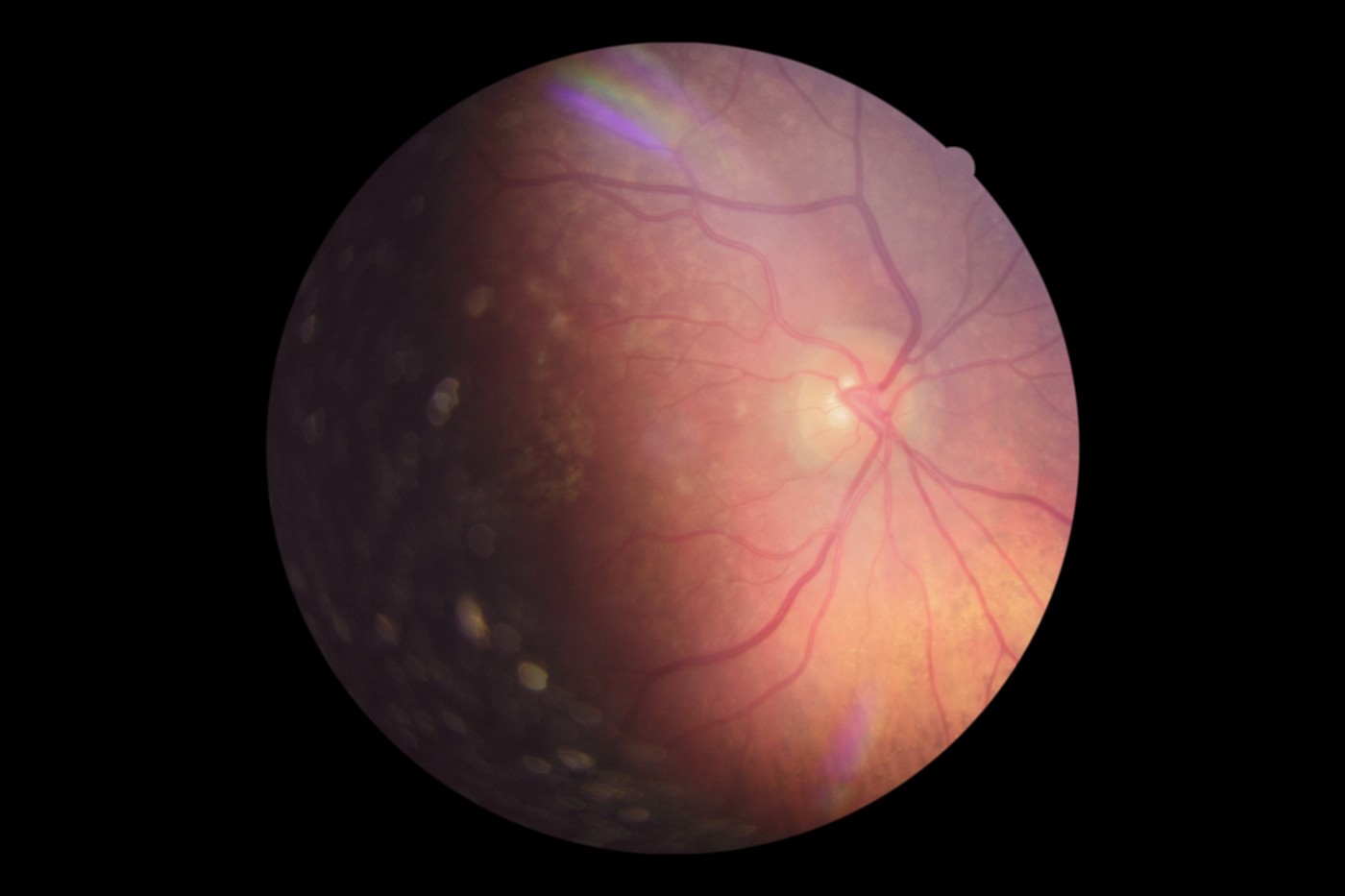Gene Therapy May Rescue Visual Acuity in People with LHON Disease

In a study in the journal Scientific Reports, researchers propose that gene therapy may be a safe and efficient strategy to treat Leber’s hereditary optic neuropathy disease (LHON). The study is titled “Efficacy and Safety of rAAV2-ND4 Treatment for Leber’s Hereditary Optic Neuropathy.”
LHON is a neurodegenerative mitochondria disease that leads to blindness. The disease is caused by mutations in mitochondrial DNA (mtDNA), with the three most common occurring at nucleotide positions 11778, 14484, and 3460. The mutation 11778 at the NADH dehydrogenase subunit 4 complex I (ND4) gene, a key gene of the transport electron chain in mitochondria, occurs in 60 percent of LHON cases worldwide. In China, this number increases to 87.9 percent.
Currently, there is no definitive treatment for LHON and alternative treatment strategies, such as gene therapy, are being explored. However, while ND4 is a mtDNA-encoded gene, the approach with gene therapy may use transduced adeno-associated virus 2 (AAV2)-ND4 to correct the genetic defect. However, (AAV2)-ND4 is only capable of penetrating the nucleus and not mitochondria.
The researchers constructed a nuclear version of the mitochondrial ND4 gene and then tested the efficacy and safety of recombinant (AAV2)-ND4 (rAAV2-ND4) in LHON patients carrying the G11778A mutation. They injected rAAV2-ND4 in one eye of nine patients (via intravitreal injection, i.e., an injection into the vitreous, which is the jelly-like substance inside the eye). Patients were followed for nine months and several parameters, including visual acuity, visual field, and optical coherence tomography were measured to assess the treatment’s efficacy. Additionally, researchers performed physical examinations, including routine blood and urine analysis.
They observed significant improvement in visual acuity in the eyes of six patients injected with rAAV2-ND4 after nine months of follow-up. Researchers hypothesized that the improvement was due to a normal ND4 gene being supplied to the mitochondria, which results in an increased energy supply to the optic nerve. No local or systemic adverse events were observed during the follow-up period.
In conclusion, these results suggest that intravitreal rAAV2-ND4 injection is a safe and potentially efficient strategy for treating LHON patients. However, additional studies are required using a larger sample of patients and with a long-term analysis of patient visual outcomes to confirm the potential of LHON gene therapy.






